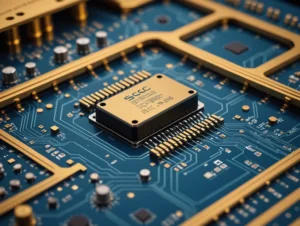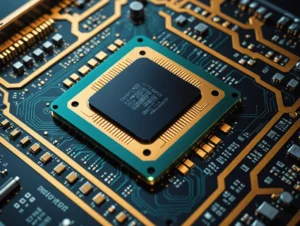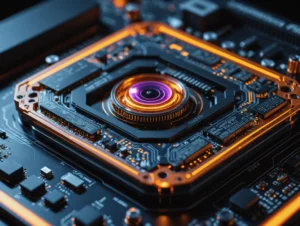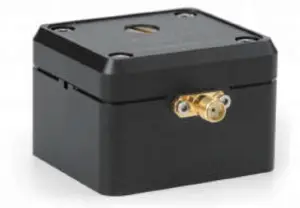The article discusses the concept of an eigenmode solver, which is crucial for solving optical modes in waveguides. These solvers analyze the transverse field distribution that propagates through a waveguide, remaining constant in shape. The solver calculates time-harmonic solutions to Maxwell’s equations, providing results in the frequency domain, allowing the analysis of how light behaves in waveguides at specific frequencies.
Eigenmode solvers are integral for studying waveguide dispersion, which involves investigating how light spreads within a waveguide at different frequencies. Various computational methods, such as the Finite Element Method (FEM) and Finite Difference (FD) algorithms, are employed to solve these problems. These approaches help simulate how light interacts with structures like photonic crystals or Bragg gratings, offering insights into the performance and behavior of these optical components.
In silicon photonics, highly confined waveguides with significant refractive index contrast require accurate, fully vectorial simulations for precise results. This is critical for designing photonic devices, such as resonators and modulators. The FEM method, with its flexible unstructured mesh, is particularly suited for non-rectangular waveguide structures, while the FD method excels at handling high-index contrast structures, making it ideal for simulations involving photonic crystals.
Several software tools are available for these computations, such as Lumerical MODE, COMSOL Multiphysics, and others. These tools allow designers to define waveguide structures, apply boundary conditions, and simulate how light propagates within various geometries. For example, Lumerical MODE uses a finite difference algorithm with sparse matrix techniques to solve these problems efficiently.
These tools are essential for analyzing a wide range of photonic structures, from basic waveguides to more complex systems involving phase modulators and directional couplers. By utilizing precise modeling techniques, designers can optimize the performance of photonic circuits and devices, ensuring they meet the high standards required for modern optical communication systems.





